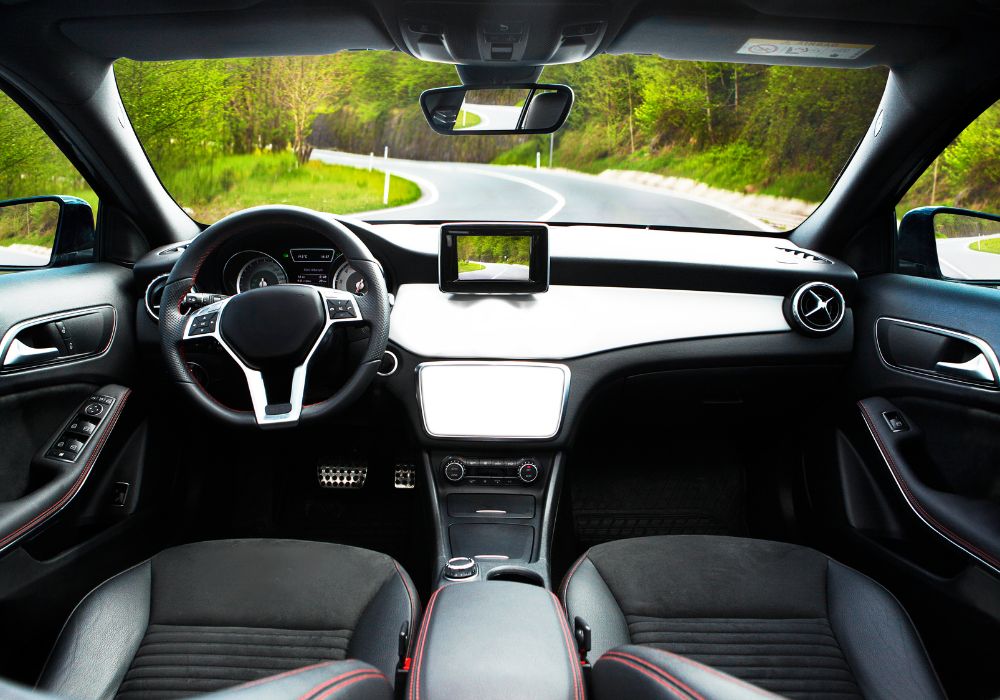Safety features as low-tech as seat belts and as high-tech as automated driving systems have been helping to save lives on the road. The National Highway Traffic Safety Administration estimates that the average vehicle on the road in 2012 would have an estimated 56% lower fatality risk for the people inside than the average vehicle on the road in the late 1950s.
That’s why it’s important to keep track of the latest safety features that are being rolled out, to understand how they can help save lives and keep you and others safe on the roads. The important caveat is that the best way to protect yourself is to be a safe, alert, and preventative driver.
Blind spot monitoring can alert you to the drivers you can’t see approaching in your side mirrors. Sensors sometimes paired with cameras detect when a vehicle may be sitting in your blind spot. Warning lights may appear on your mirrors or sometimes can even help steer your vehicle back into the center of your lane. It’s important to note that these sensors may not be able to pick up on pedestrians, bicyclists, or dogs, so being vigilant of your surroundings when navigating is always important.
Automatic emergency braking allows cars to sense imminent collisions that a driver might have missed, and either significantly slow down or stop the vehicle. Forward collision warnings are alerts, sometimes lights or tactile notifications that let you know of a potential collision ahead, whether that’s vehicles or even pedestrians. Reports from the Insurance Institute for Highway Safety (IIHS) say that rear-end collisions are cut in half when vehicles are equipped with automatic emergency braking and forward collision warnings. Note that vehicle manufacturers may use these names interchangeably, or separately, so it’s important to check on the details of these safety features when buying a car.
When in reverse gear, rear cross traffic warnings will alert you to when cars or pedestrians are passing by. Think about pulling out of your parking spot in a busy lot, or backing up in the dark, and not being able to see around large vehicles to know if another car is speeding by or a pedestrian is walking near the vehicle. Paired with backup cameras, which have been required in all new vehicles in the U.S. and Canada since 2018, these features can help reduce crashes. However, it’s still important to check mirrors and look behind you, as some drivers have complained of false alerts from these systems.
While cruise control works great for highways when there are very few other cars on the road, it can be less helpful for when there is a consistent need to slow down or speed back up. That’s why adaptive cruise control is so important for safety: it detects other vehicles, and assists with braking to maintain a safe following distance. Some systems can even bring the car to a complete stop and then get back up to speed again once the traffic has cleared.
Questions about car insurance? Contact a Sea Mountain Insurance specialist today!
